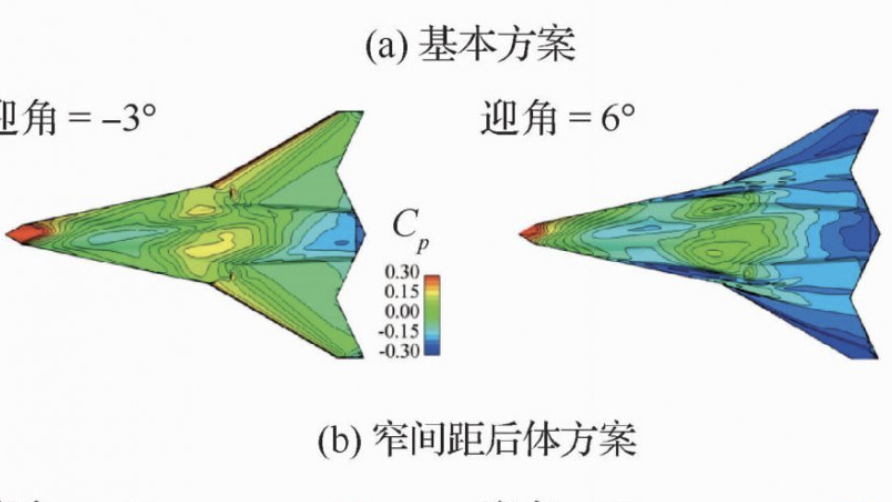China is busy developing an answer to the U.S. Air Force’s Next Generation Air Dominance program, or NGAD, according to Gen. Mark D. Kelly, the head of Air Combat Command (ACC). Gen. Kelly expects that the highly secretive Chinese efforts will yield the same kind of air combat ‘system of systems’ that the Air Force is pursuing, including a sixth-generation manned fighter jet.
As we have explored in the past, the NGAD program is much more than a sixth-gen manned fighter. It’s also planned to include collaborative drones to work alongside manned aircraft, plus new weapons, sensors, and communications architecture. The U.S. Air Force wants NGAD to be fielded as real capability before 2030 and the Chinese are keeping pace, Kelly says.
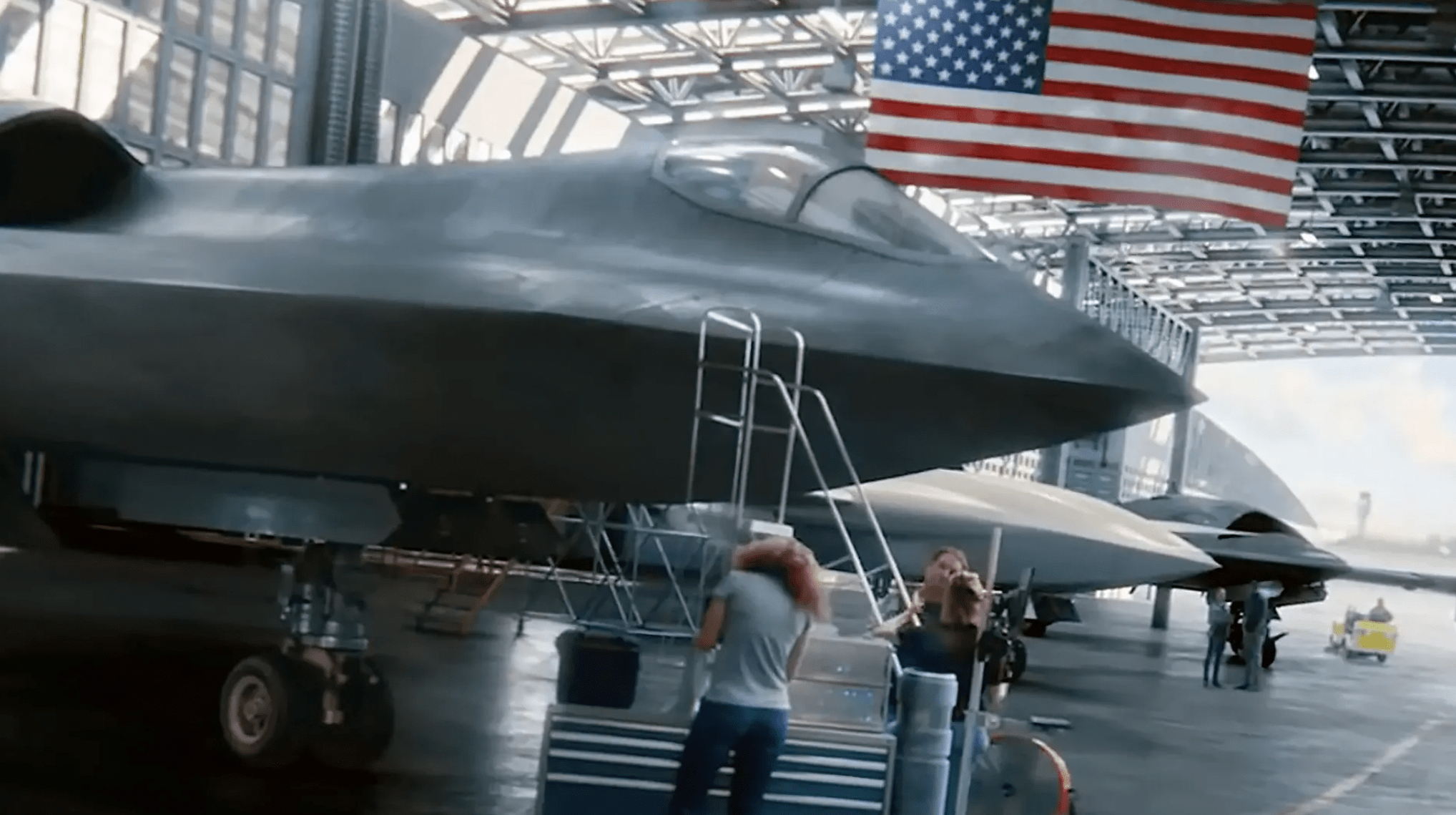
Kelly recently addressed The War Zone and other members of the media at the Air & Space Forces Association’s Air, Space & Cyber Conference, providing his reflections on future Chinese air combat programs.
One of the key takeaways from this is Kelly’s belief that China looks at sixth-generation air power, including future manned fighter aircraft, “greatly the way we see it: an exponential reduction in signature, exponential acceleration of processing power and sensing.” Another key factor is the ability to “iterate” improvements aided by open mission systems.
That iterative approach should allow China to “reprogram at the speed of relevance,” Kelly contends.
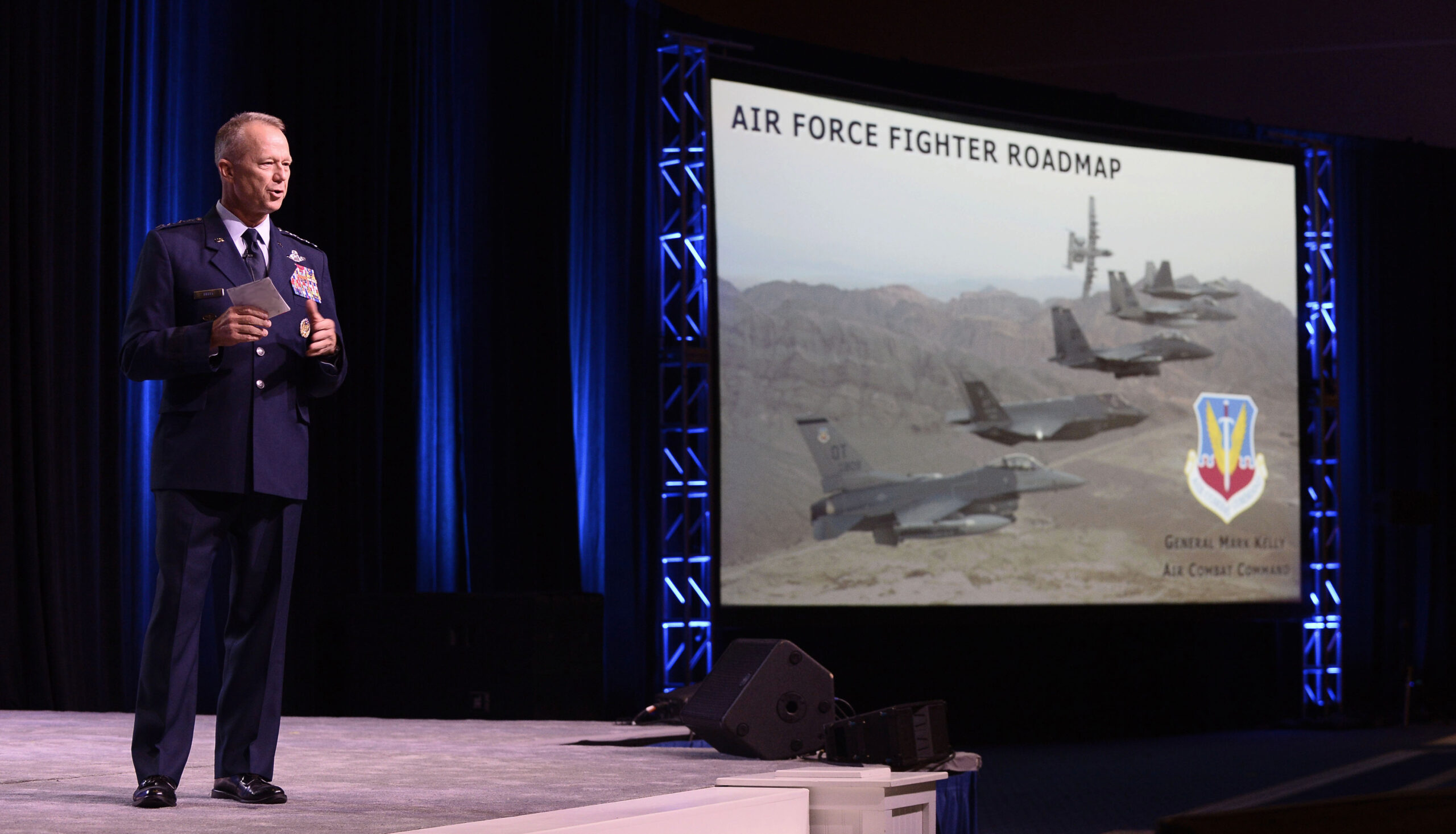
Moreover, the ACC boss points to China’s existing experience in the iterative development of interconnected families of fighter jets, chiefly its reworkings of the Soviet-designed Flanker series.
“They started with Su-27, morph into Su-30, then their own J-16 [and then the] Su-35,” Kelly said.
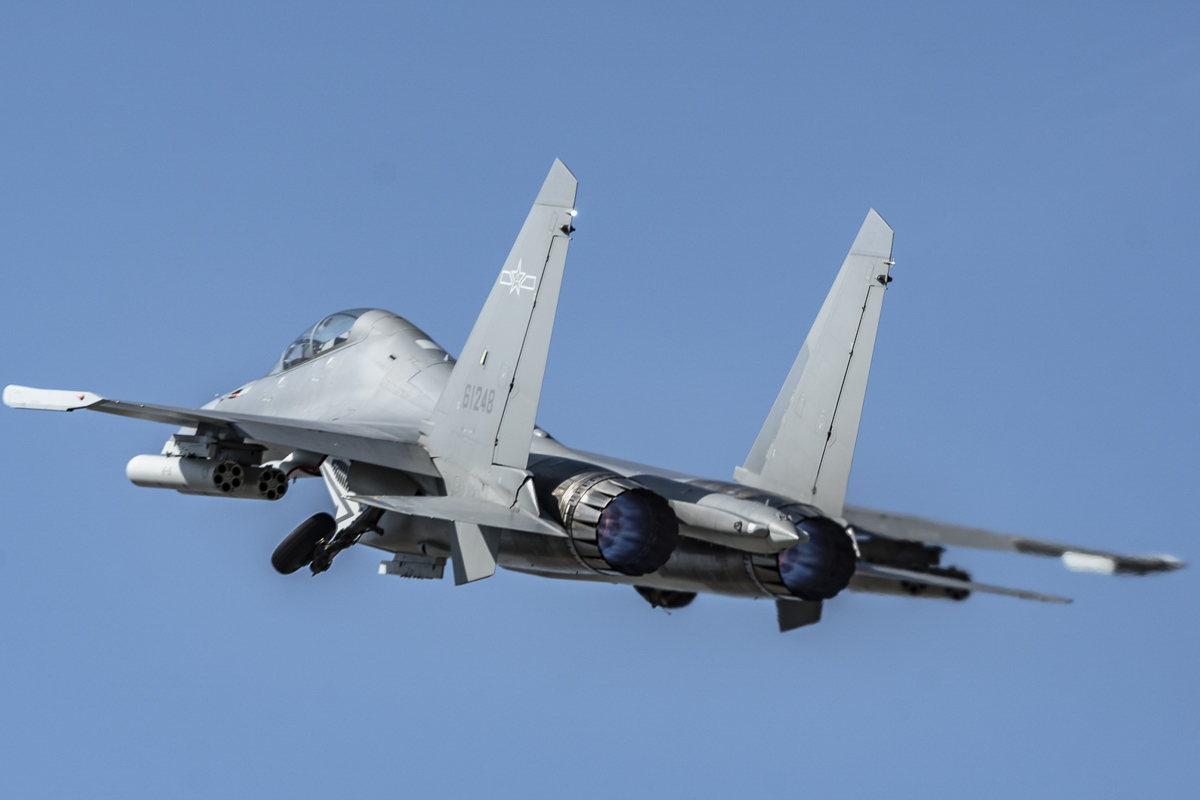
China became the first export customer for the basic Su-27 in 1992 and by the time it bought the multirole Su-30MKK from Russia in 2000, it had produced Su-27s under license (as the J-11 and J-11A) before it began developing the homegrown J-11B with multirole capabilities, plus Chinese engines and avionics. This, in turn, led to the two-seat J-16 that’s essentially a Chinese version of the advanced Su-30MKK. In the meantime, the carrier-based Su-33 got the same treatment, emerging as the multirole J-15. Today, the development of successively more advanced versions of the J-15 and J-16 continues, including expansion into the electronic warfare domain.
Interestingly, Kelly seemed to suggest a possible reason for China’s surprise purchase of a relatively small batch of 24 Su-35s — arguably Russia’s most advanced current Flanker version. Noting that the Su-35 has “fifth-gen avionics [and] fifth-gen speed” despite its otherwise fourth-generation status, Kelly said that its acquisition will “make it a little easier when they go off the rung” to their next fighter — that is to say, the transition from the fifth to the sixth generation.
Since Beijing bought the Su-35 there’s been much speculation as to why it might have placed the order. Some have suggested China wanted a closer look at the Su-35’s thrust-vectoring engines, as well as gain insight into one of Russia’s frontline assets, its weapons, and electronic warfare systems. The Su-35 has been used in dissimilar air combat training but also for operational long-range escort missions over the South China Sea. As such, a small buy of Su-35s makes a lot of sense for China, both in terms of comparing the latest Russian avionics and weapons with its own technologies, but also for developing highly agile aircraft and related tactics.

Overall, the experience with the Flanker family, Kelly says, will put China in a good position to develop its equivalent to NGAD. In fact, it could provide such a head start that the United States will have to race to keep ahead. Kelly said he wanted to see the U.S. Air Force “get to sixth-gen air dominance at least a month prior to our competitors.” While the meaning of that statement is not immediately clear, The War Zone has approached ACC for clarification.
Nevertheless, these words would seem to reflect a degree of concern about China’s fledgling sixth-generation capabilities that contrast with the recent downplaying of the threat posed by the Chinese fifth-generation J-20 stealth fighter, by Gen. Kenneth Wilsbach, head of Pacific Air Forces. Gen. Wilsbach told The War Zone and other members of the media that the J-20 is “not anything to lose a lot of sleep over.”

When it comes to the potential successor to the J-20, however, Gen. Kelly warned that China “are not dummies. They know what they’re doing.”
At the same time, it’s notable that China has not stopped the development path of the J-20. As well as a two-seat variant that appeared in public last October, there are persistent rumors of a further advanced ‘J-20B’ that’s expected to feature thrust-vectoring engines, and improved overall performance, among other new features.
China has tested a thrust-vectoring version of its WS-10 engine on the J-10 fighter:

Apart from paralleling NGAD’s ‘system of systems,’ Kelly otherwise revealed few details of what the United States knows about Chinese sixth-generation air combat programs. However, in one interesting detail, he said that the family of systems that emerges will have an “exponential” improvement in stealth compared with current platforms. Kelly asserted that China is able to master the advanced levels of stealth required for sixth-generation platforms and that this was also part of the iterative approach.
A timeline for when we might start to see Chinese sixth-generation assets enter service was also not forthcoming, although Kelly did note that “they’re on plan, absolutely.”
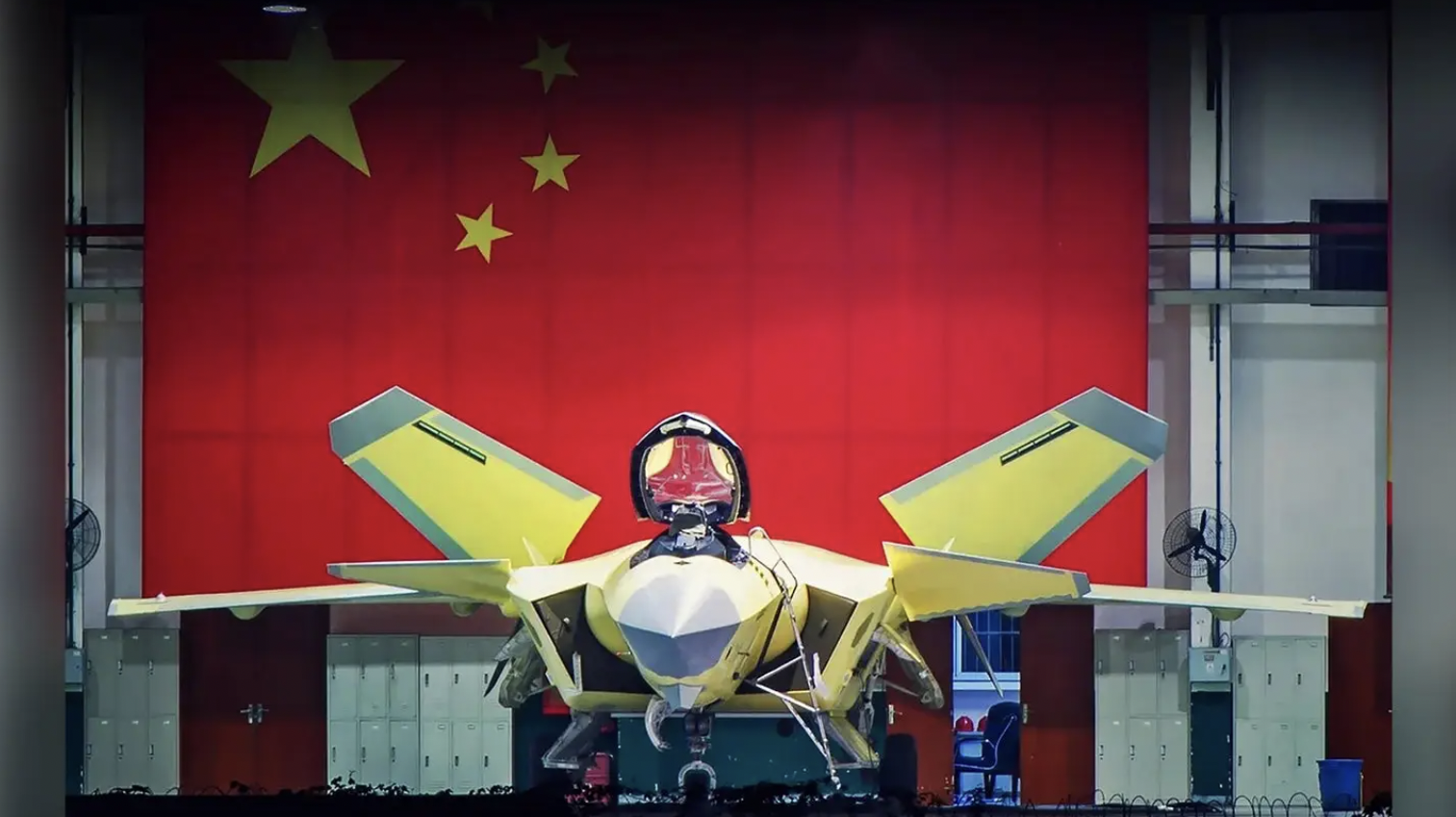
Kelly judges that China “is building a first-rate air force.” Its sixth-generation ambitions are only likely to make it better still. With that in mind, the ACC boss reiterated that “We need to get there before they do. It won’t end well if we don’t.”
On the Chinese side, there have been only very few hints about its sixth-generation fighter ambitions. This is in contrast to the next-generation stealth bomber program, which has been touted by state media and the Chinese military, although any details remain a closely guarded secret.
The H-20 bomber is just part of a wholesale effort to modernize the air combat capabilities of the People’s Liberation Army. This also includes at least one other stealthy fifth-generation fighter, with carrier compatibility, a new-generation transport and refueling tanker, plus various new rotary-wing designs that are already in service or under test. U.S. intelligence also assess that China is also working on a regional stealth bomber too, which could potentially be a manned component tied to its NGAD-style airpower initiative.
It is clear, too, that China is rapidly developing the kinds of unmanned combat aerial vehicles (UCAVs) that could have potential applications within an NGAD-style architecture, as well as hints that it may also be infusing unmanned combat aircraft with advanced autonomous capabilities, in a concept that echoes the U.S. Air Force’s Skyborg artificial intelligence program.
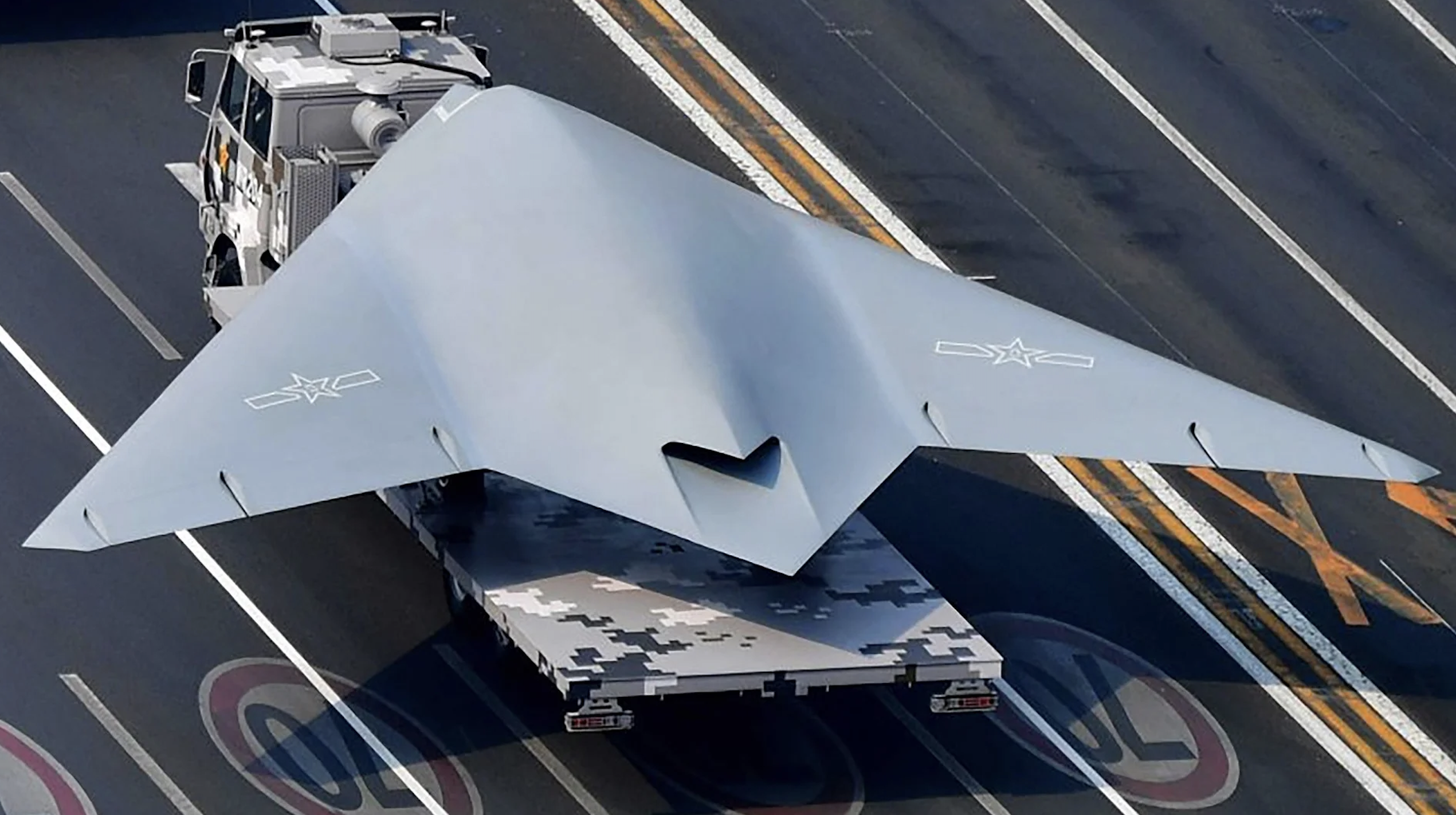
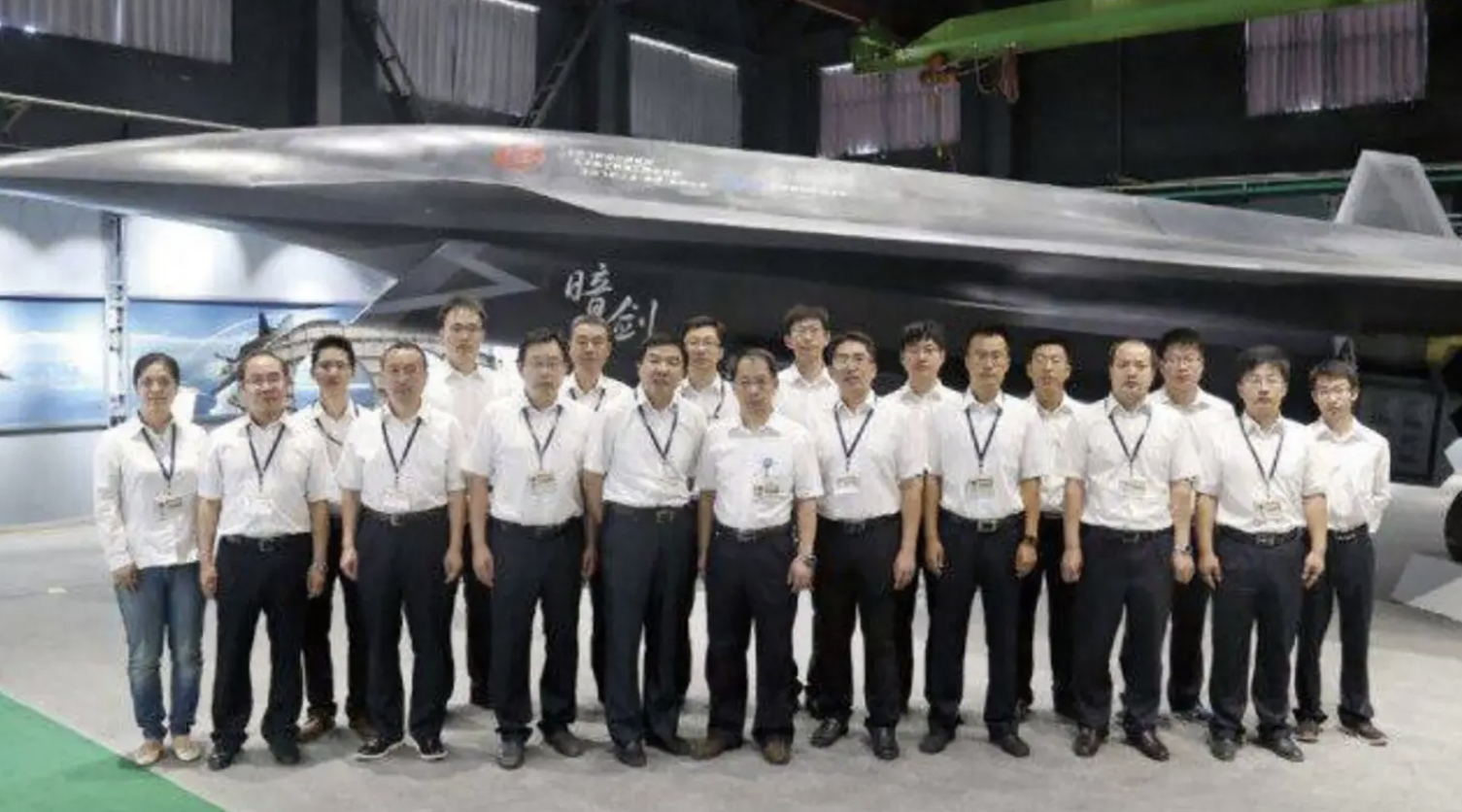
As for the manned fighter element, here things are much less clear, although there have been some credible rumors. “We know that there is a project which aims for service entry around 2035,” Chinese military aviation expert Andreas Rupprecht told The War Zone.
“Interestingly, if they really hold to that service-entry date of 2035, we should see a maiden flight at least by 2026–28,” Rupprecht added. That target of 2035 originates in a 2019 interview with Wang Haifeng, chief designer for the Chengdu Aircraft Corporation (CAC). As one of the two preeminent fighter manufacturers in China, CAC is responsible for the single-engine J-10 fighter as well as the stealthy J-20 and is an obvious candidate for a sixth-generation fighter program.
Taking that into account, it seems almost certain that China is already engaged in preliminary testing of different manned fighter configurations. This development work may also include demonstrators, both sub-scale and full-size. The mysterious tailless vehicle that appeared in satellite images of a CAC factory airfield in October last year may have been a demonstrator or a mock-up, perhaps related to this effort. The U.S. Air Force, for its part, flew some kind of prototype for the NGAD program in 2020.
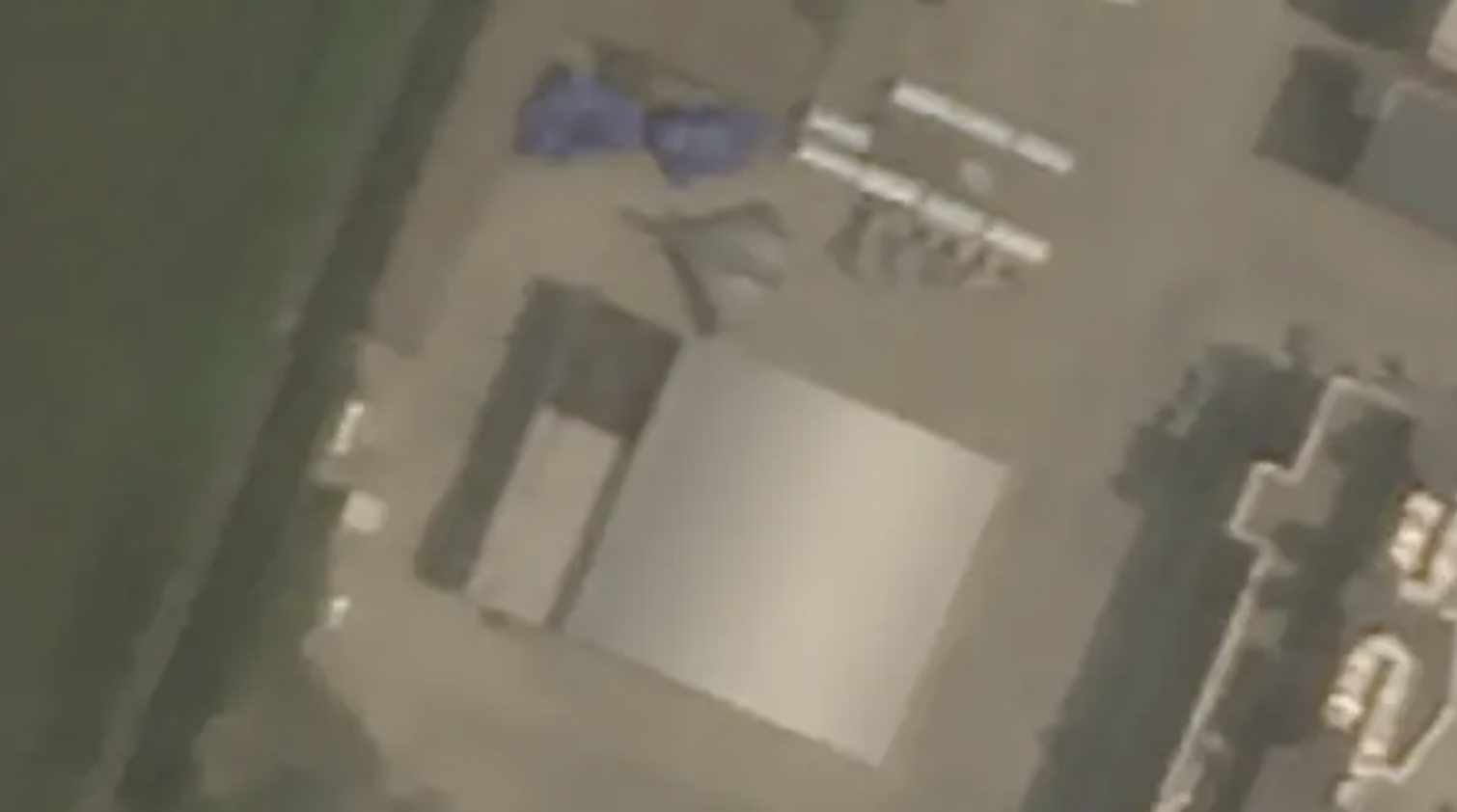
“Allegedly, since 2018, CAC and its related 611 Institute have been working on the development of key technologies for the next-generation fighter,” Rupprecht said.
Those advanced technologies are expected to include new radar, exotic propulsion systems including variable-cycle engines, and directed-energy weapons. In his 2019 interview, Wang also highlighted the ability to team with drones, the use of artificial intelligence, enhanced stealth, and advanced sensors.
All in all, China’s combat aircraft and related technologies are very much in ascendancy now. Alongside myriad other aerospace programs, it will especially interesting to see when China’s next-generation manned fighter and related air combat systems finally break cover.
Contact the author: thomas@thedrive.com
